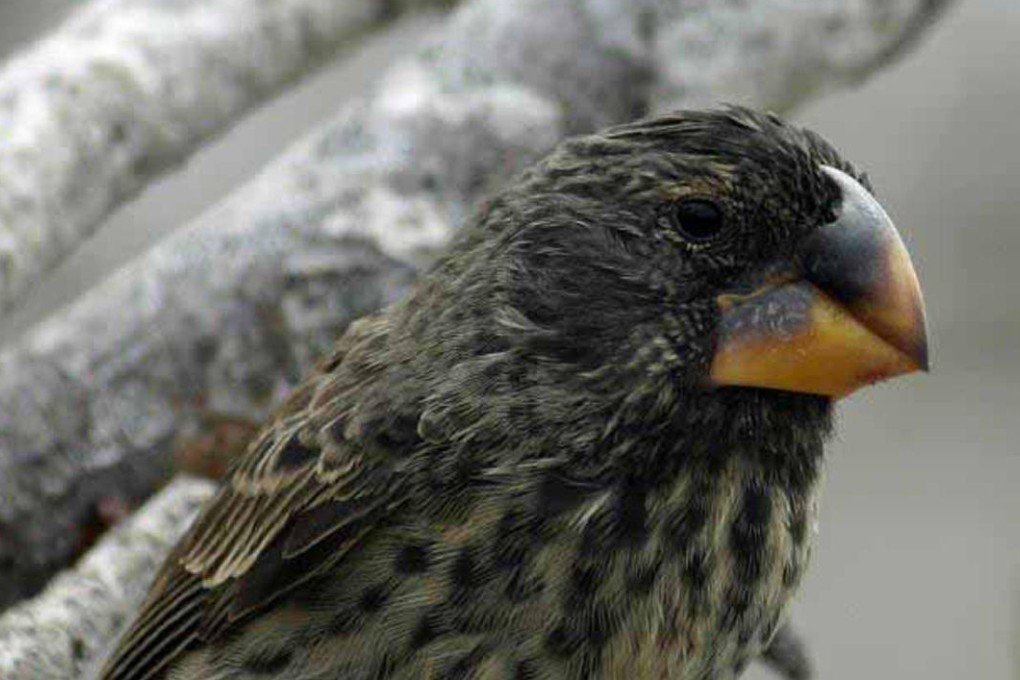Charles Darwin's finches get a family tree
Gene sequencing of Galapagos Island finches first studied by Charles Darwin has found the birds have a traceable evolutionary history going back two million years.

Gene sequencing of Galapagos Island finches first studied by Charles Darwin has found the birds have a traceable evolutionary history going back two million years.
Arguably the most famous community of birds in the world, the finches came to Darwin's attention when he visited the islands in 1831.
Darwin was struck by the archipelago's extraordinary wide range of finch species.
He theorised they had derived from a single species which had been "taken and modified", setting in place a cornerstone theory of evolution.
The 15 species, collectively known as Darwin's finches or Galapagos finches, are closely monitored for clues about how a niche habitat forces evolutionary change.
In the journal Nature, a team from Uppsala University in Sweden and Princeton University, New Jersey, said they had unravelled the genetic code from 120 birds, with samples from all 15 species plus two close relatives.